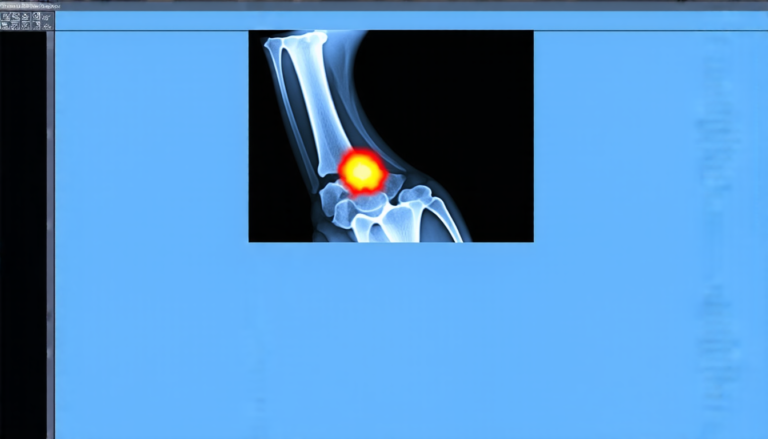Saturday 13 September 2025
Symmetry is a fundamental concept in our understanding of the world. From the intricate patterns on butterfly wings to the majestic geometry of snowflakes, symmetry is everywhere. But despite its ubiquity, detecting symmetry in complex scenes remains a significant challenge in computer vision.
Researchers have long sought to develop algorithms that can accurately identify symmetries in images and videos. In recent years, heatmap-based approaches have emerged as a promising solution. These methods use mathematical techniques to create heatmaps that highlight potential regions of symmetry. However, these approaches often lack precision when it comes to identifying individual axes of symmetry.
A team of scientists has now proposed a novel framework for detecting axis-level symmetry in complex scenes. Their approach is based on representing symmetries as explicit geometric primitives, such as lines and points. This allows the algorithm to focus on specific properties of each symmetry type, rather than relying on general-purpose features.
The researchers’ method employs a dual-branch architecture that is equivariant to the dihedral group, which describes the symmetry operations of reflection and rotation. Each branch is specialized to exploit the structure of dihedral group-equivariant features for its respective symmetry type.
For reflection symmetries, the algorithm introduces orientational anchors aligned with group components to enable orientation-specific detection. A reflectional matching mechanism measures similarity between patterns and their mirrored counterparts across candidate axes.
In the case of rotational symmetries, the algorithm proposes a rotational matching mechanism that compares patterns at fixed angular intervals to identify rotational centers.
Extensive experiments demonstrate the effectiveness of the proposed method, outperforming existing approaches in detecting axis-level symmetry. The researchers’ framework shows promise for applications in computer vision, robotics, and other fields where symmetry detection is crucial.
The team’s approach is significant not only because it achieves state-of-the-art performance but also because it provides a deeper understanding of symmetry as a geometric concept. By representing symmetries as explicit primitives, the algorithm can better capture the intricate relationships between patterns in complex scenes.
In the future, this research may have far-reaching implications for our ability to analyze and understand complex systems. Symmetry detection has long been a challenging problem, but with advances like these, we may soon be able to uncover new insights into the fundamental nature of reality itself.
The algorithm’s potential applications are vast, from autonomous vehicles that can navigate complex environments to medical imaging techniques that can better diagnose diseases.
Cite this article: “Detecting Axis-Level Symmetry in Complex Scenes”, The Science Archive, 2025.
Symmetry, Computer Vision, Algorithm, Detection, Heatmap, Geometry, Dihedral Group, Reflection, Rotation, Robotics







